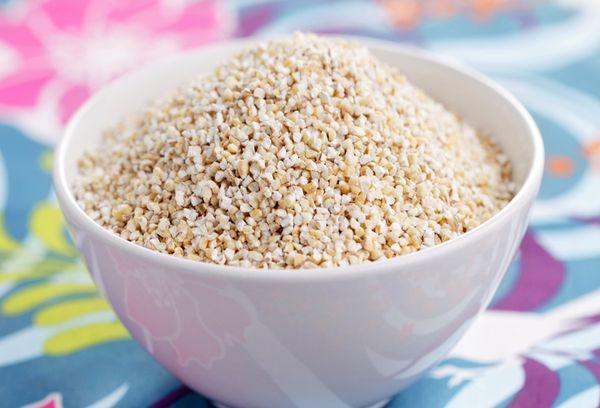Animal Feed Antioxidants Market Comparison: Natural vs. Synthetic Options

The use of antioxidants in animal nutrition is vital for promoting health, enhancing feed quality, and improving overall livestock productivity. Antioxidants can be broadly categorized into two groups: natural and synthetic. Each type has its own benefits and challenges, influencing its adoption in the animal feed market. This article compares natural and synthetic antioxidants, exploring their effectiveness, safety, cost implications, and consumer preferences.
Understanding Antioxidants in Animal Nutrition
Antioxidants are substances that help neutralize harmful free radicals in the body, reducing oxidative stress and preventing cellular damage. In animal nutrition, they play a crucial role in:
- Supporting Immune Function: Antioxidants boost the immune system, helping animals resist diseases.
- Enhancing Nutritional Value: They preserve essential vitamins and minerals in feed.
- Improving Shelf Life: Antioxidants prevent rancidity in fats and oils, ensuring feed remains fresh.
Natural Antioxidants
Definition and Sources
Natural antioxidants are derived from plant or animal sources. Common examples include:
- Vitamin E (Tocopherols)
- Vitamin C (Ascorbic Acid)
- Rosemary Extract
- Green Tea Extract
Benefits
- Safety: Natural antioxidants are often perceived as safer and healthier, aligning with consumer preferences for organic and natural products.
- Nutritional Value: They can enhance the overall nutritional profile of animal feed, contributing additional health benefits.
- Regulatory Favor: Increasingly, regulations favor natural additives, making them easier to market and sell.
Challenges
- Cost: Natural antioxidants can be more expensive to source and produce compared to synthetic alternatives.
- Stability: They may have a shorter shelf life and require specific storage conditions to maintain effectiveness.
Synthetic Antioxidants
Definition and Sources
Synthetic antioxidants are chemically manufactured compounds designed to mimic the effects of natural antioxidants. Common examples include:
- BHT (Butylated Hydroxytoluene)
- BHA (Butylated Hydroxyanisole)
- TBHQ (Tert-butylhydroquinone)
Benefits
- Cost-Effectiveness: Synthetic antioxidants are often less expensive to produce, making them more appealing for large-scale feed manufacturers.
- Stability and Shelf Life: They typically offer greater stability and longer shelf life, which can be advantageous in feed formulations.
Challenges
- Consumer Perception: There is growing concern among consumers regarding the safety of synthetic additives, leading to a preference for natural products.
- Regulatory Scrutiny: Synthetic antioxidants may face stricter regulations and testing requirements, which can hinder their marketability.
- Art
- Causes
- Crafts
- Dance
- Drinks
- Film
- Fitness
- Food
- Games
- Gardening
- Health
- Home
- Literature
- Music
- Networking
- Other
- Party
- Religion
- Shopping
- Sports
- Theater
- Wellness


